Tampa's HVAC Services | License #: CAC1818057
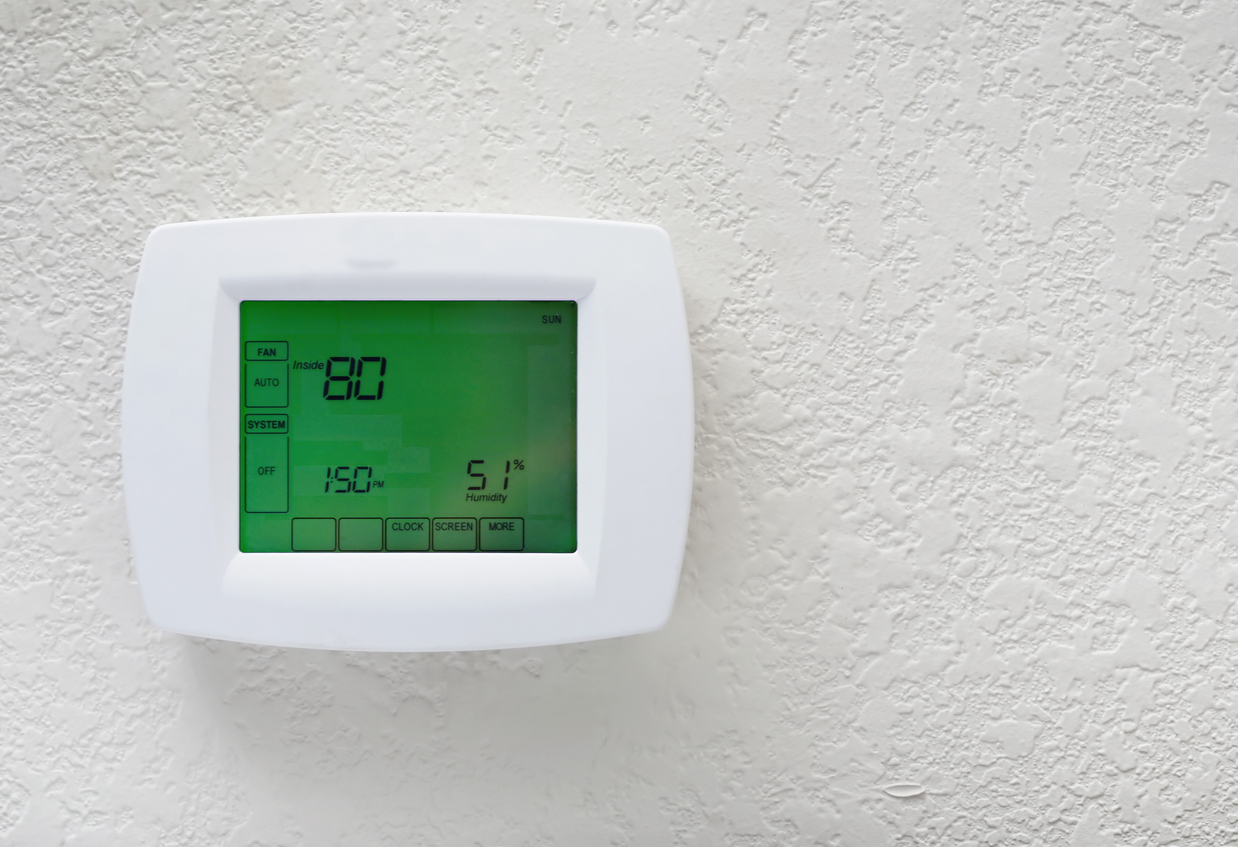
Can a Bad Thermostat Cause AC Not to Cool?
When the sweltering heat of summer sets in, a fully functioning air conditioning system isn’t just a luxury—it’s a necessity. However, if your home starts feeling uncomfortably warm even though the AC is running, one of the first components you might suspect is the thermostat. The question arises: can a bad thermostat cause your AC not to cool? Let’s delve into how a thermostat interacts with your AC system and what signs indicate it might be failing.
Understanding the Role of Your Thermostat
The thermostat serves as the command center for your heating, ventilation, and air conditioning (HVAC) system. It monitors the temperature inside your home and tells your AC when to turn on and off based on the settings you’ve chosen. A well-functioning thermostat ensures that your AC operates efficiently to maintain a comfortable indoor climate. However, if the thermostat is not working properly, it can lead to several issues, including inadequate cooling.
Signs of a Faulty Thermostat
- Inconsistent Temperatures: If some rooms are too cold while others remain hot, your thermostat might be having trouble assessing the overall temperature of your house.
- AC Refuses to Start or Stops Suddenly: A thermostat that’s not working correctly might fail to initiate the cooling cycle or might randomly shut off the AC. This erratic behavior can be due to electrical issues or miscommunication with the AC unit.
- Unresponsive Thermostat: If the display on your thermostat is unlit or if adjusting the settings yields no changes, it’s likely that the thermostat is malfunctioning.
Common Causes of Thermostat Failures
- Aging: Thermostats have a finite lifespan. An old thermostat can start to behave unpredictably, and its sensors can degrade over time.
- Electrical Issues: Wiring problems, such as loose connections or short circuits, can prevent the thermostat from functioning properly.
- Misplacement: A thermostat placed in direct sunlight or near heat sources can misread the actual room temperature, leading to over or under cooling.
- Dirt and Debris: Accumulated dust and dirt can interfere with the thermostat’s ability to accurately read temperatures and operate effectively.
Can a Thermostat Go Bad?
Yes, thermostats can and do fail. A thermostat’s failure can stem from mechanical wear and tear, electrical faults, or simply from being outdated. The good news is that replacing a thermostat can be a straightforward and cost-effective way to improve the efficiency of your HVAC system.
Troubleshooting and Fixing a Faulty Thermostat
If you suspect your thermostat is the reason why your AC is not cooling, here are some steps you can take:
- Check the Batteries: If your thermostat is battery-operated, replace the batteries to see if this resolves the issue.
- Clean the Thermostat: Remove any dust or debris that might be affecting its functionality.
- Reposition the Thermostat: Ensure that it’s not placed in a location where it can get false readings.
- Check for Loose Connections: Tighten any loose wiring and ensure all connections are secure.
- Calibrate the Thermostat: Some thermostats require recalibration to function correctly.
If after these steps your thermostat still isn’t working or your AC continues to perform poorly, it might be time to consider a replacement.
Choosing a Replacement Thermostat
When replacing a thermostat, consider upgrading to a smart thermostat. These devices offer greater control over your HVAC system, can be programmed to save energy, and often include features like remote control via smartphone apps. Smart thermostats can provide valuable insights into your system’s performance and help you maintain optimal indoor temperatures.
Preventative Maintenance
Regular maintenance is key to extending the life of your HVAC system and its components, including the thermostat. Schedule regular check-ups with a professional to ensure everything is in working order. This can help catch issues before they lead to a breakdown, saving you money and discomfort in the long run.
Conclusion
So, can a bad thermostat cause your AC not to cool? Absolutely. While it may seem like a small part of your HVAC system, the thermostat plays a crucial role in ensuring your home stays cool and comfortable. If you’re experiencing issues with your AC not cooling properly, checking the thermostat should be one of your first steps.
Remember, if troubleshooting seems daunting or if the problem persists, calling in professionals like The Comfort Authority can save you time and ensure your HVAC system is running optimally. For all your HVAC needs, trust The Comfort Authority to provide top-notch service and expert advice. Don’t let a faulty thermostat compromise your comfort—contact The Comfort Authority today!
Recent News
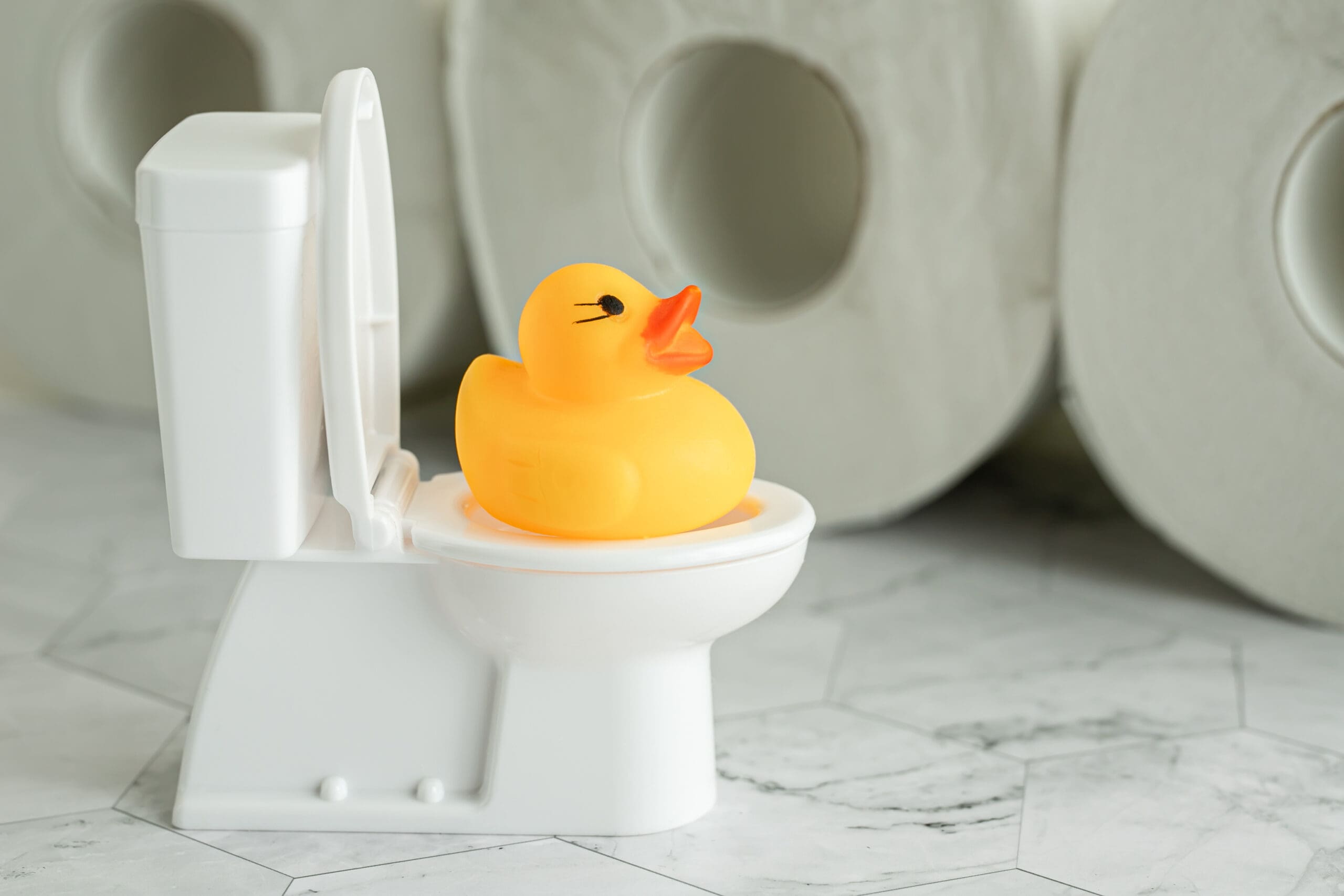
Why Does My Toilet Flush Twice?

Why Does My Bathroom Smell Like Sewage?
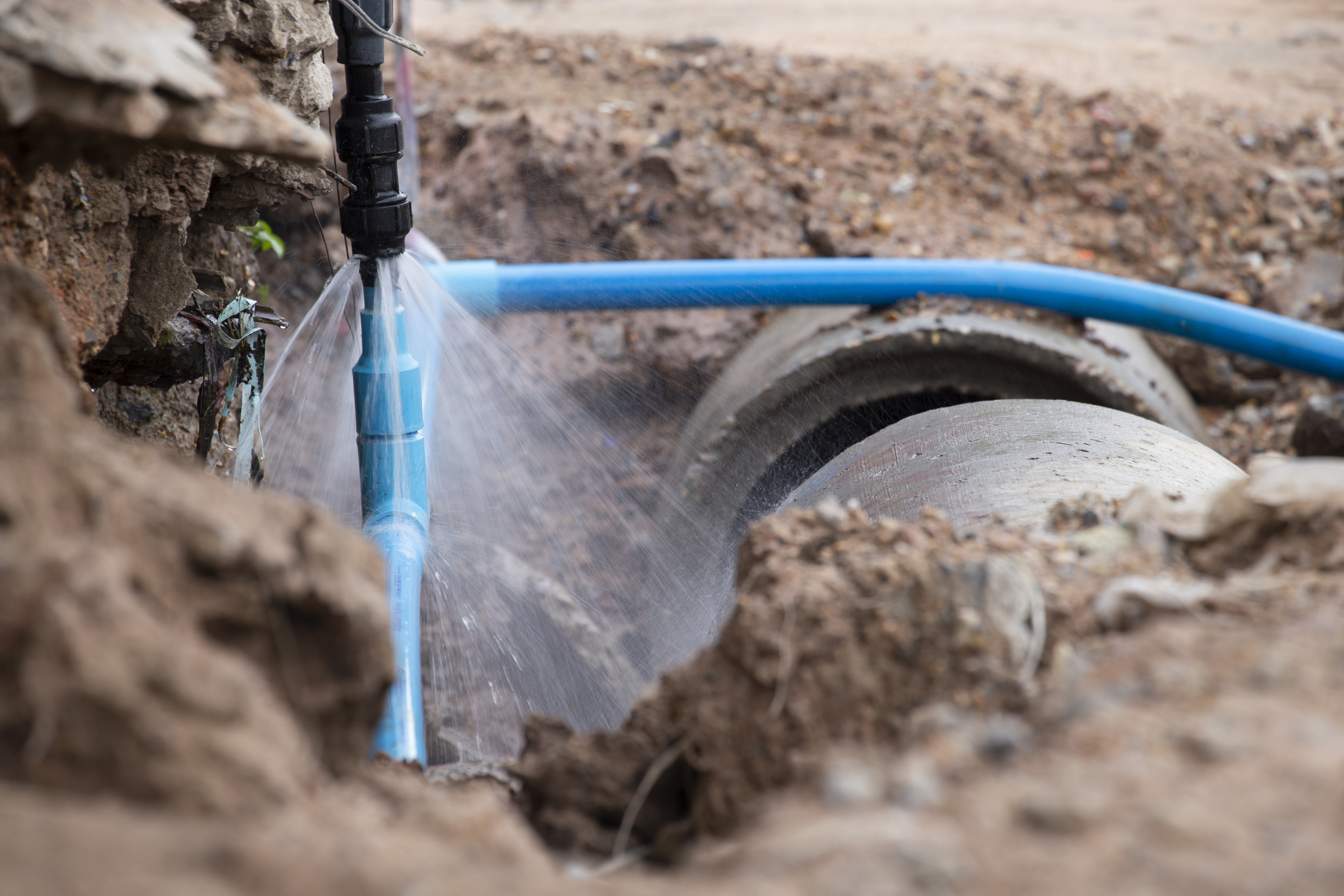
Broken Pipe? 5 Common Causes
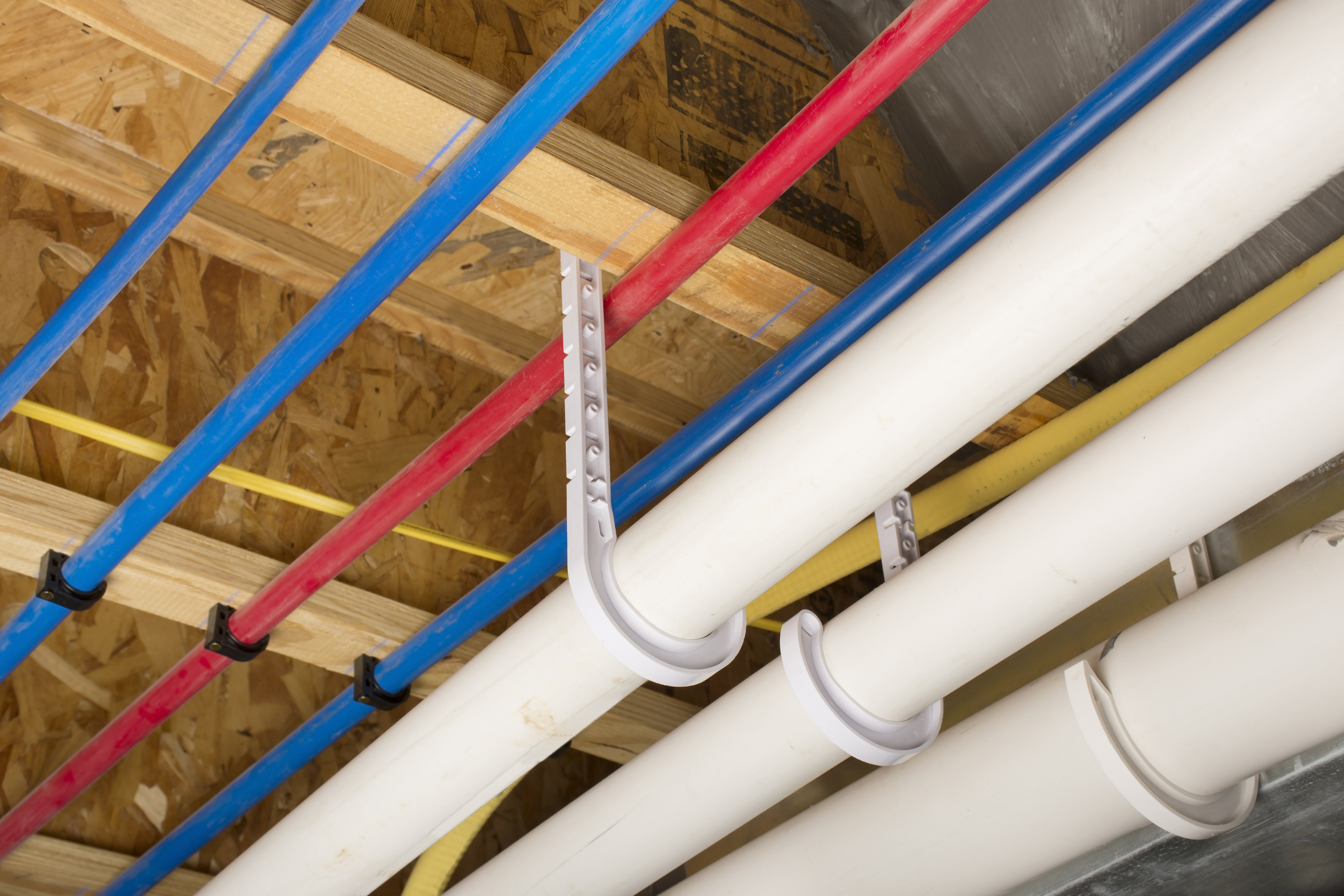
Types of Plumbing Pipes: Which are Best for Your Home?
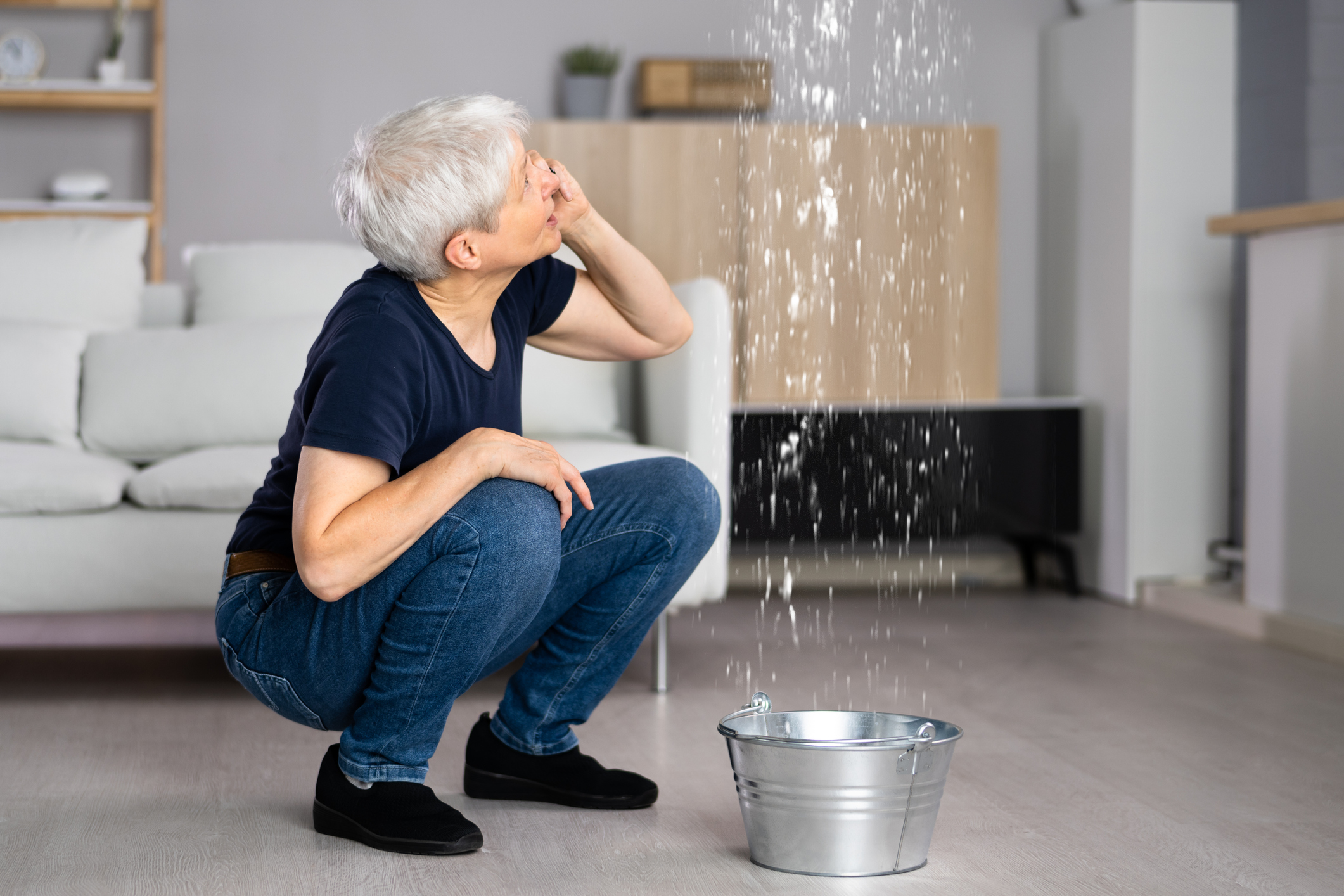
What to Do In Case of an Emergency Water Leak
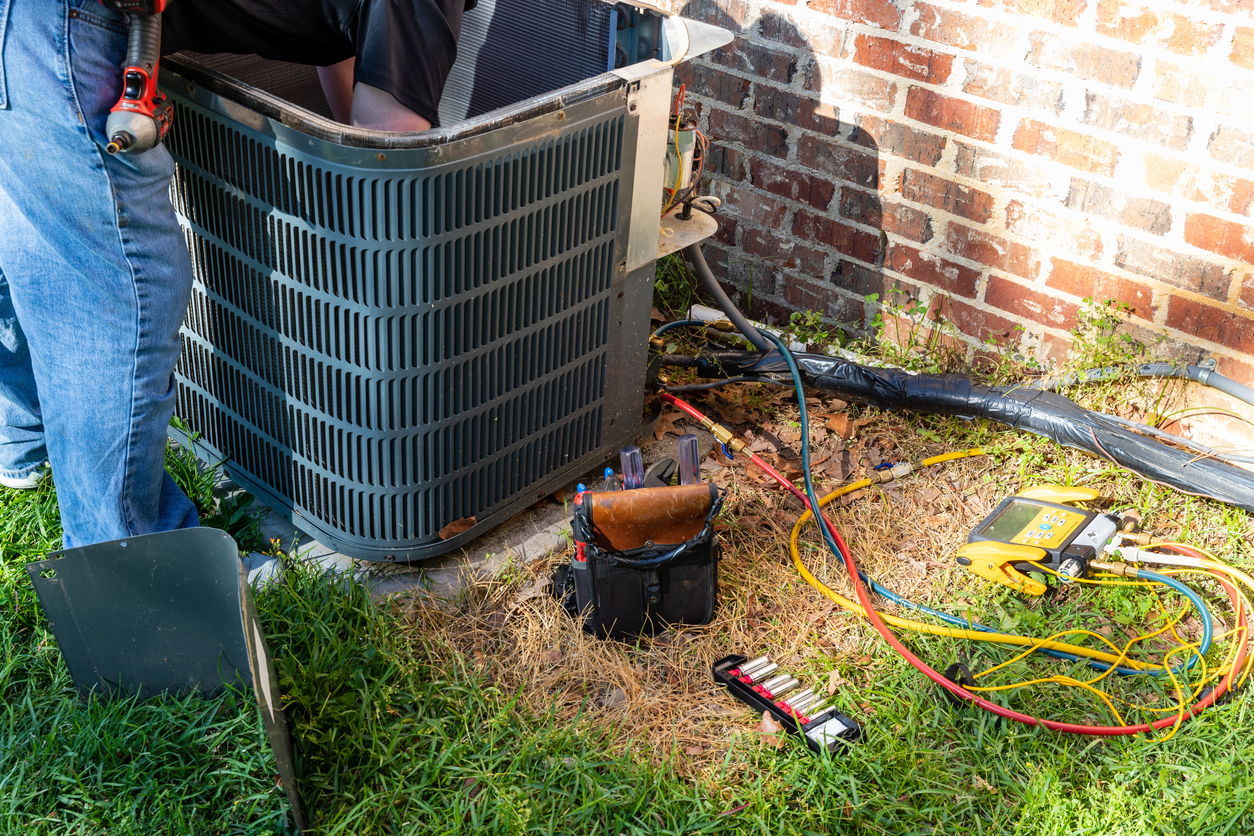
Why is My Air Conditioner Making a Dripping Noise?

What Should You Set AC to in Florida When Away From Home?
